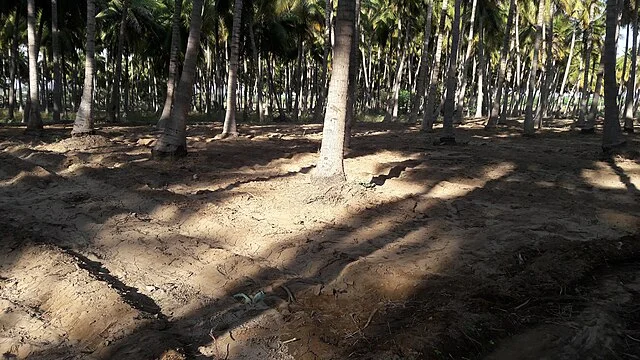Keezhadi is an archaeological site located near Sivaganga, Tamil Nadu, India. The site has gained attention due to its potential connection with the ancient Tamil civilization, dating back to the Sangam period. Excavations at Keezhadi have revealed artifacts and structures that provide insights into urban life in the region, offering valuable information about the early history of South India.
Get your dose of History via Email
Location and Discovery
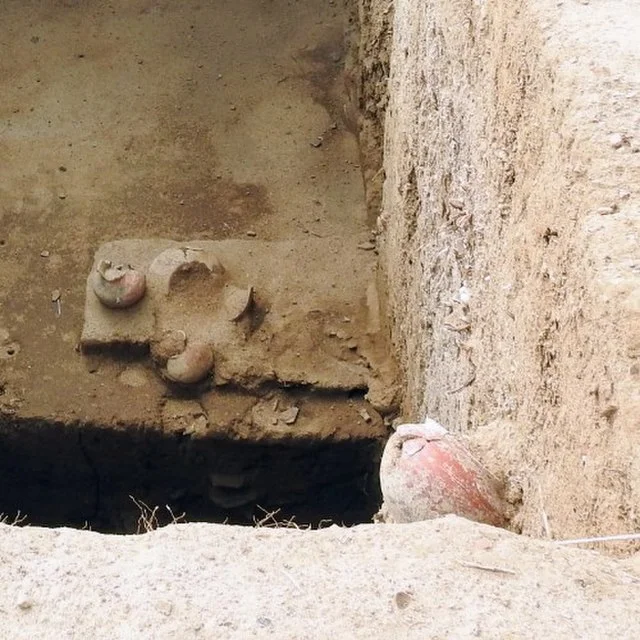
Keezhadi is situated on the banks of the Vaigai River, approximately 13 kilometers southeast of Madurai. The site was first identified in 2014 by the Archaeological Survey of India (ASI) during a survey of the Vaigai River Valley. Excavations began in 2015 under the leadership of K. Amarnath Ramakrishna, an ASI archaeologist.
Significance of Keezhadi
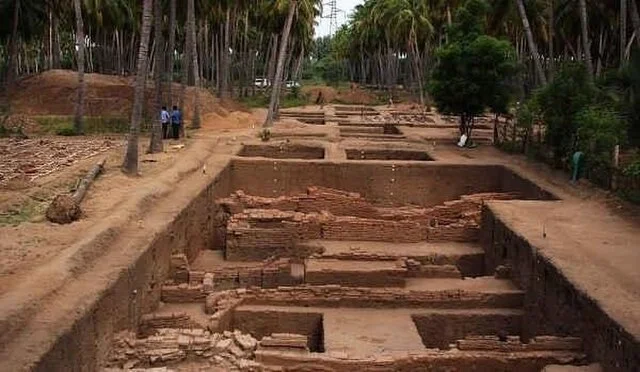
Keezhadi’s discovery holds historical importance because it sheds light on the Sangam period (300 BC to AD 300), a significant era in Tamil history. The findings at Keezhadi offer evidence of a developed civilization, with urban planning, water management, and a possible script. This evidence helps historians understand the extent of the Sangam civilization and its interactions with other cultures.
Excavation Findings
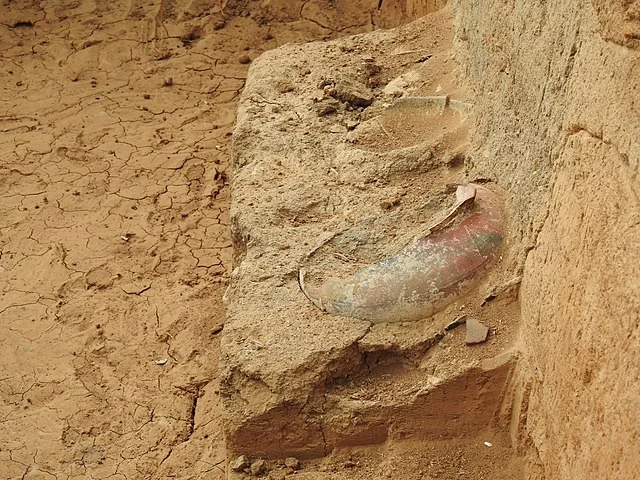
The excavations at Keezhadi have unearthed numerous artifacts, including pottery, terracotta figurines, beads, and spindle whorls. One of the most notable discoveries is the presence of graffiti marks on pottery. These marks may represent a form of early Tamil script, suggesting literacy among the people of this civilization.
In addition to artifacts, archaeologists have discovered brick structures, drainage systems, and wells. These findings indicate a high level of urban planning and suggest that Keezhadi was part of a larger, organized society. The presence of iron implements, such as sickles and plowshares, points to an agrarian economy.
Carbon Dating and Chronology
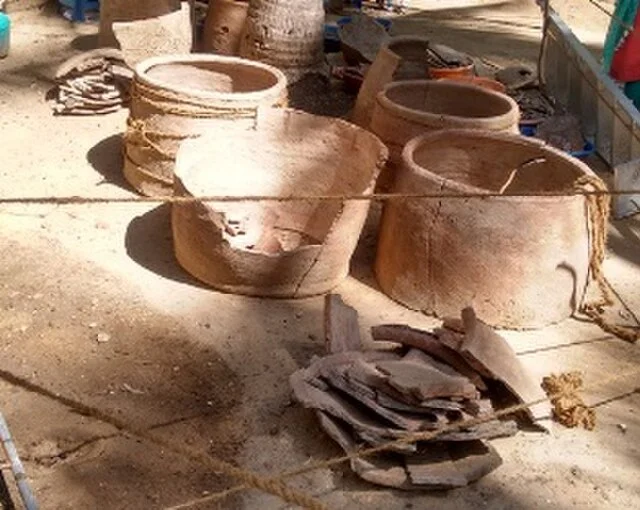
Carbon dating of samples from Keezhadi has provided important chronological information. The results date the site to between 600 BC and 100 BC. These findings push back the timeline of Tamil civilization by several centuries, indicating that an urban culture existed in the region well before the commonly accepted start of the Sangam period.
Cultural and Historical Impact
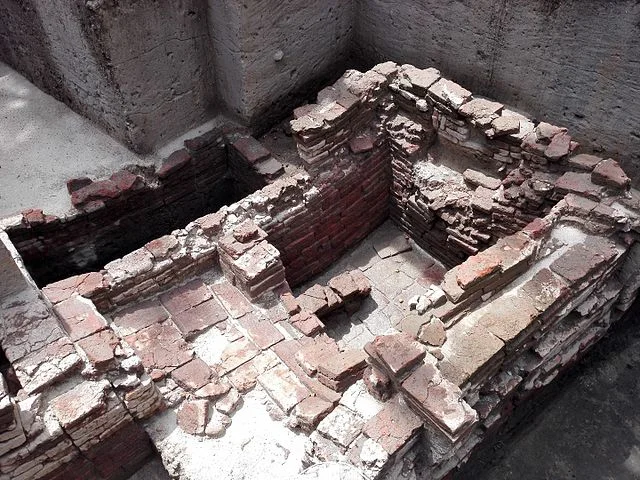
The discoveries at Keezhadi have had a significant cultural and historical impact. They challenge long-held assumptions about the early history of South India, offering evidence that supports the existence of a sophisticated and literate society. The artifacts from Keezhadi suggest connections to both the Indus Valley Civilization and later South Indian cultures, providing a broader context for understanding the development of Tamil culture.
Future Excavations
Excavations at Keezhadi are ongoing, with further investigations expected to reveal more about the site’s historical significance. Archaeologists hope to uncover additional artifacts and structures that will provide deeper insights into the social, economic, and cultural life of the region during the Sangam period.
Conclusion
Keezhadi is an important archaeological site that offers valuable insights into early Tamil civilization. The artifacts and structures discovered so far reveal a well-developed urban society, possibly connected to the Indus Valley Civilization. As excavations continue, Keezhadi is likely to play a crucial role in reshaping our understanding of South Indian history.
Source:

